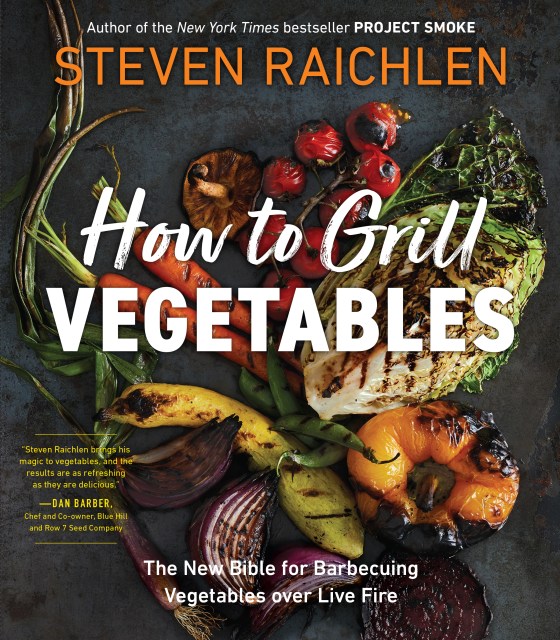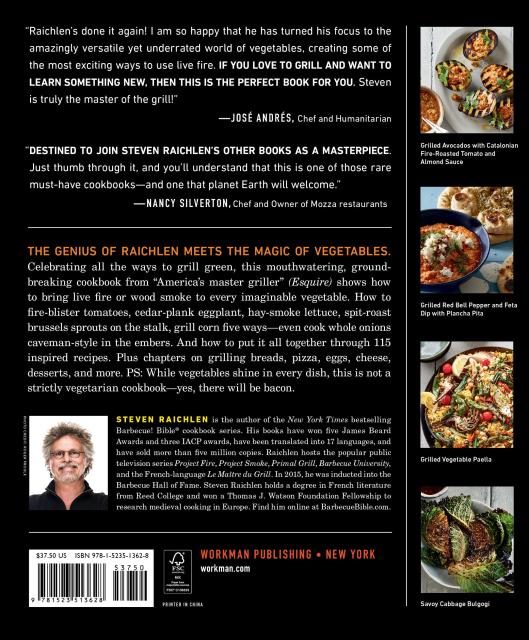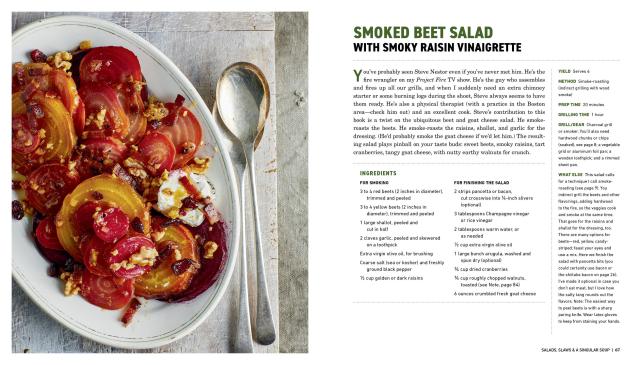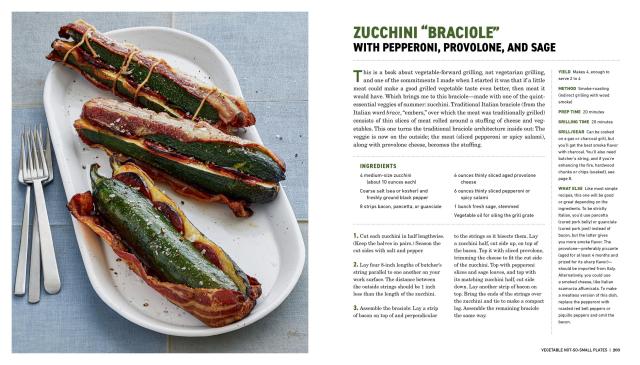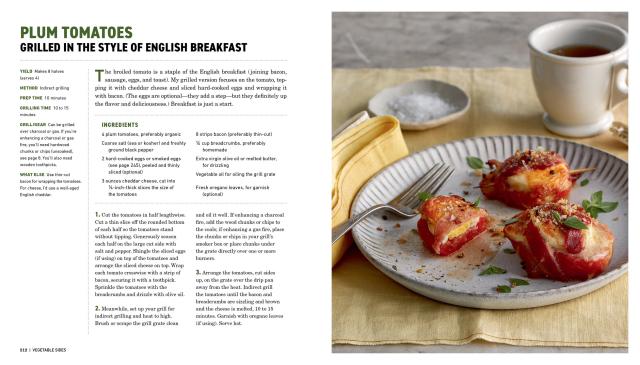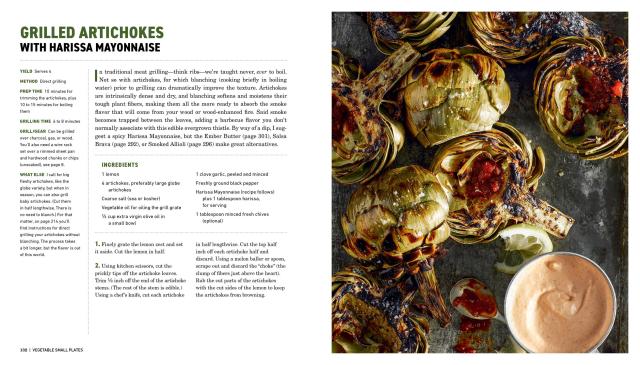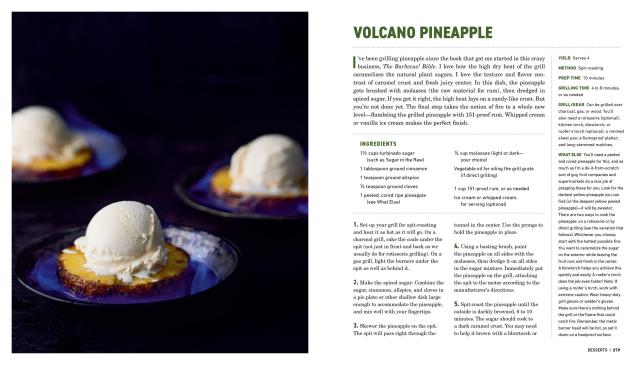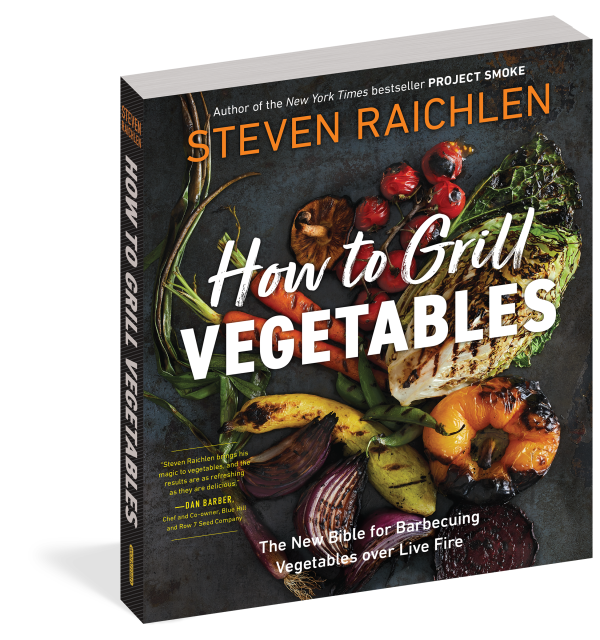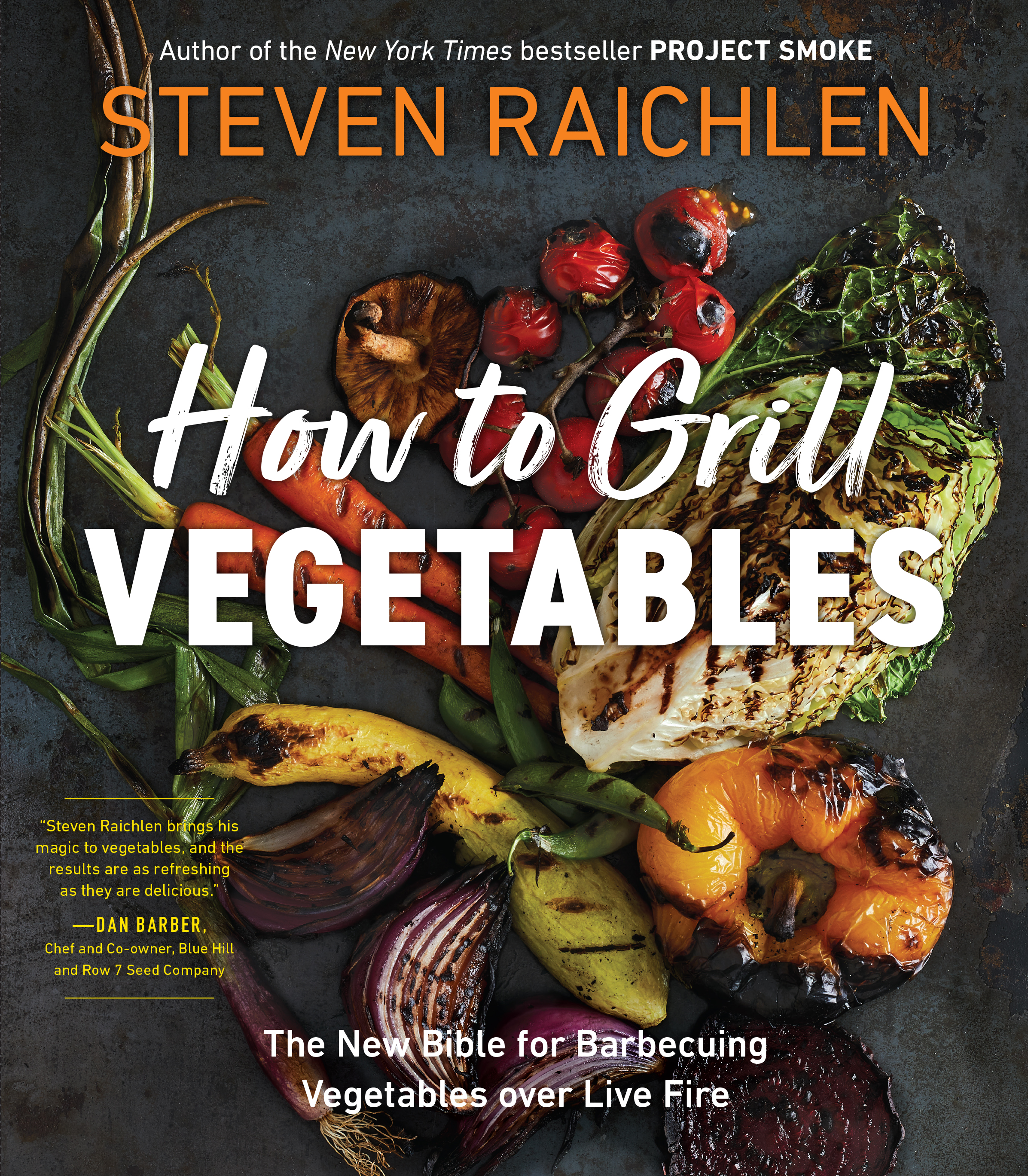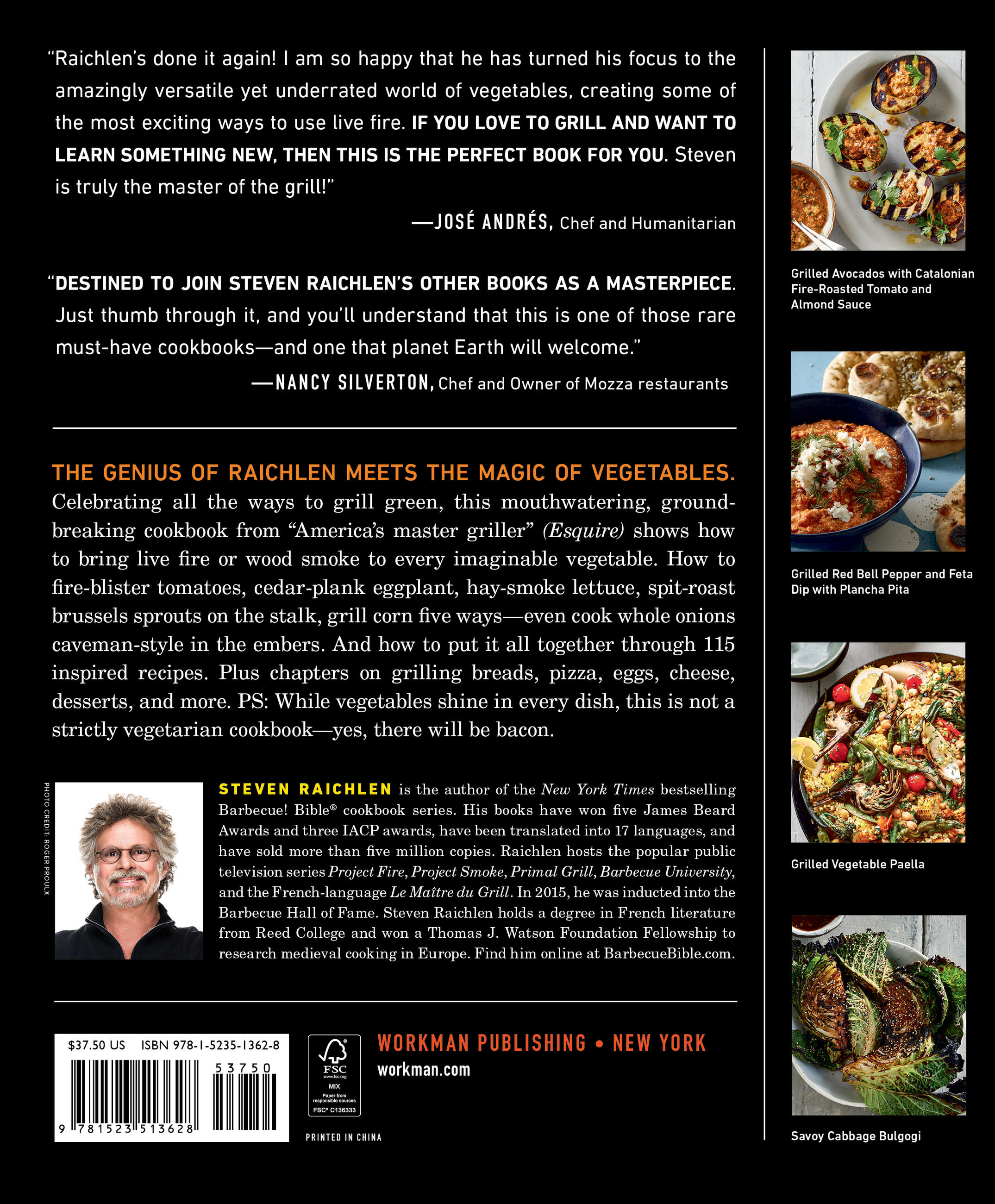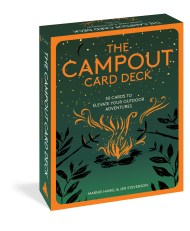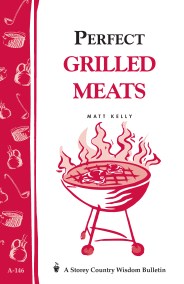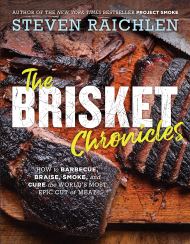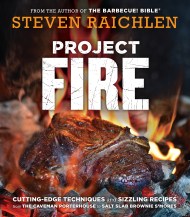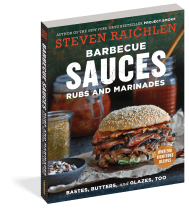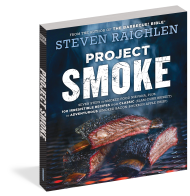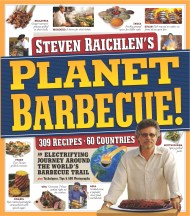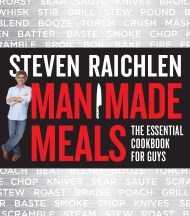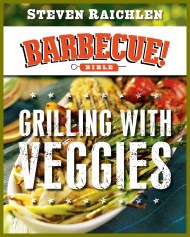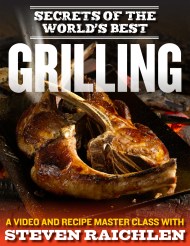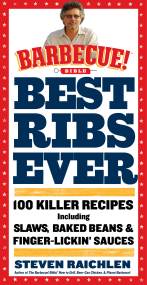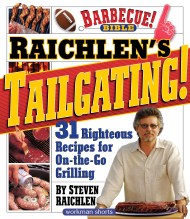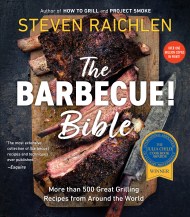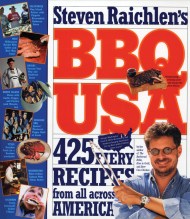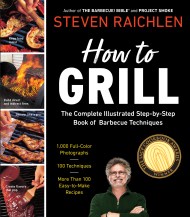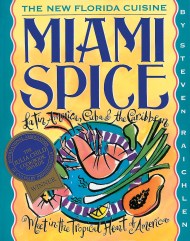Promotion
Shop now and save 20% on your back-to-school purchases & get free shipping on orders $45+ Use code: SCHOOL24
How to Grill Vegetables
The New Bible for Barbecuing Vegetables over Live Fire
Contributors
Formats and Prices
Price
$24.95Price
$30.95 CADFormat
Format:
- Trade Paperback $24.95 $30.95 CAD
- ebook $12.99 $16.99 CAD
This item is a preorder. Your payment method will be charged immediately, and the product is expected to ship on or around May 11, 2021. This date is subject to change due to shipping delays beyond our control.
Also available from:
The genius of Raichlen meets the magic of vegetables.
Celebrating all the ways to grill green, this mouthwatering, ground breaking cookbook from America’s master griller” (Esquire) shows how to bring live fire or wood smoke to every imaginable vegetable. How to fire-blister tomatoes, cedar-plank eggplant, hay-smoke lettuce, spit-roast brussels sprouts on the stalk, grill corn five ways—even cook whole onions caveman-style in the embers. And how to put it all together through 115 inspired recipes. Plus chapters on grilling breads, pizza, eggs, cheese, desserts and more. PS: While vegetables shine in every dish, this is not a strictly vegetarian cookbook—yes, there will be bacon.
“Raichlen’s done it again! I am so happy that he has turned his focus to the amazingly versatile yet underrated world of vegetables, creating some of the most exciting ways to use live fire. If you love to grill and want to learn something new, then this is the perfect book for you. Steven is truly the master of the grill!” –Jose Andres, Chef and Humanitarian
“Destined to join Steven Raichlen’s other books as a masterpiece. Just thumb through it, and you’ll understand that this is one of those rare must-have cookbooks–and one that planet Earth will welcome.” –Nancy Silverton, Chef and Owner of Mozza restaurants
-
"A prize"—The Wall Street Journal
“[How to Grill Vegetables] will help you bring summer flavor to your plant-based dishes."—USA Today
"Home cooks looking for new ways to add flavor and fun to vegetables will be drawn to this collection; it will be especially beneficial to anyone who’s new to grilling and not sure where to start." —Library Journal
"Vegetarians (or anyone motivated to eat more plants) wanting a master class in inspired meatless barbecue should read How to Grill Vegetables" —Shelf Awareness
“Steven Raichlen brings his magic to vegetables, and the results are as refreshing as they are delicious.” —Dan Barber, Chef and Co-owner, Blue Hill and Row 7 Seed Company
“Raichlen’s done it again! I am so happy that he has turned his focus to the amazingly versatile yet underrated world of vegetables, creating some of the most exciting ways to use live fire. IF YOU LOVE TO GRILL AND WANT TO LEARN SOMETHING NEW, THEN THIS IS THE PERFECT BOOK FOR YOU. Steven is truly the master of the grill!” —José Andrés, Chef and Humanitarian
“DESTINED TO JOIN STEVEN RAICHLEN’S OTHER BOOKS AS A MASTERPIECE. Just thumb through it, and you’ll understand that this is one of those rare must-have cookbooks—and one that planet Earth will welcome.” —Nancy Silverton, Chef and Owner of Mozza restaurants
"A solid case for bringing more vegetables into the fire- and smoked-stoked realm of the backyard grill"—The Houston Chronicle
"Steven Raichlen’s How to Grill Vegetables is an instant classic that brims with imaginative treatments of fruits and veggies.... the perfect barbecue cookbook."—Foreword Reviews
"[Raichlen's] creativity manifests itself in all manner of novel creations... Raichlen provides a wealth of conveniently presented and highly useful information about equipment, ingredients, and techniques to guide both novice and experienced grill-tenders... This is a very useful addition to contemporary consumer cookbook collections." —Booklist, starred review
- On Sale
- May 11, 2021
- Page Count
- 336 pages
- Publisher
- Workman Publishing Company
- ISBN-13
- 9781523509843
Newsletter Signup
By clicking ‘Sign Up,’ I acknowledge that I have read and agree to Hachette Book Group’s Privacy Policy and Terms of Use
